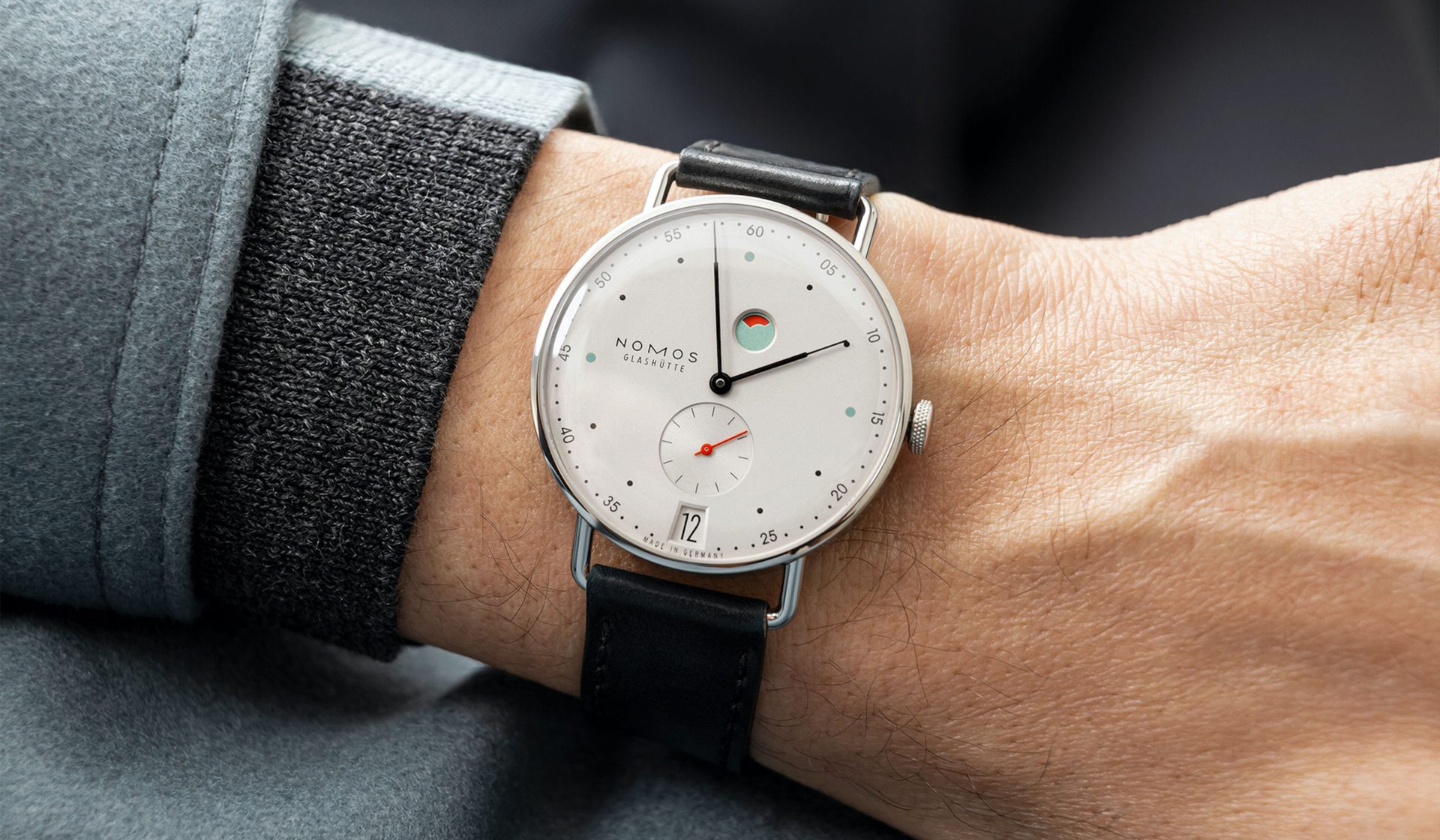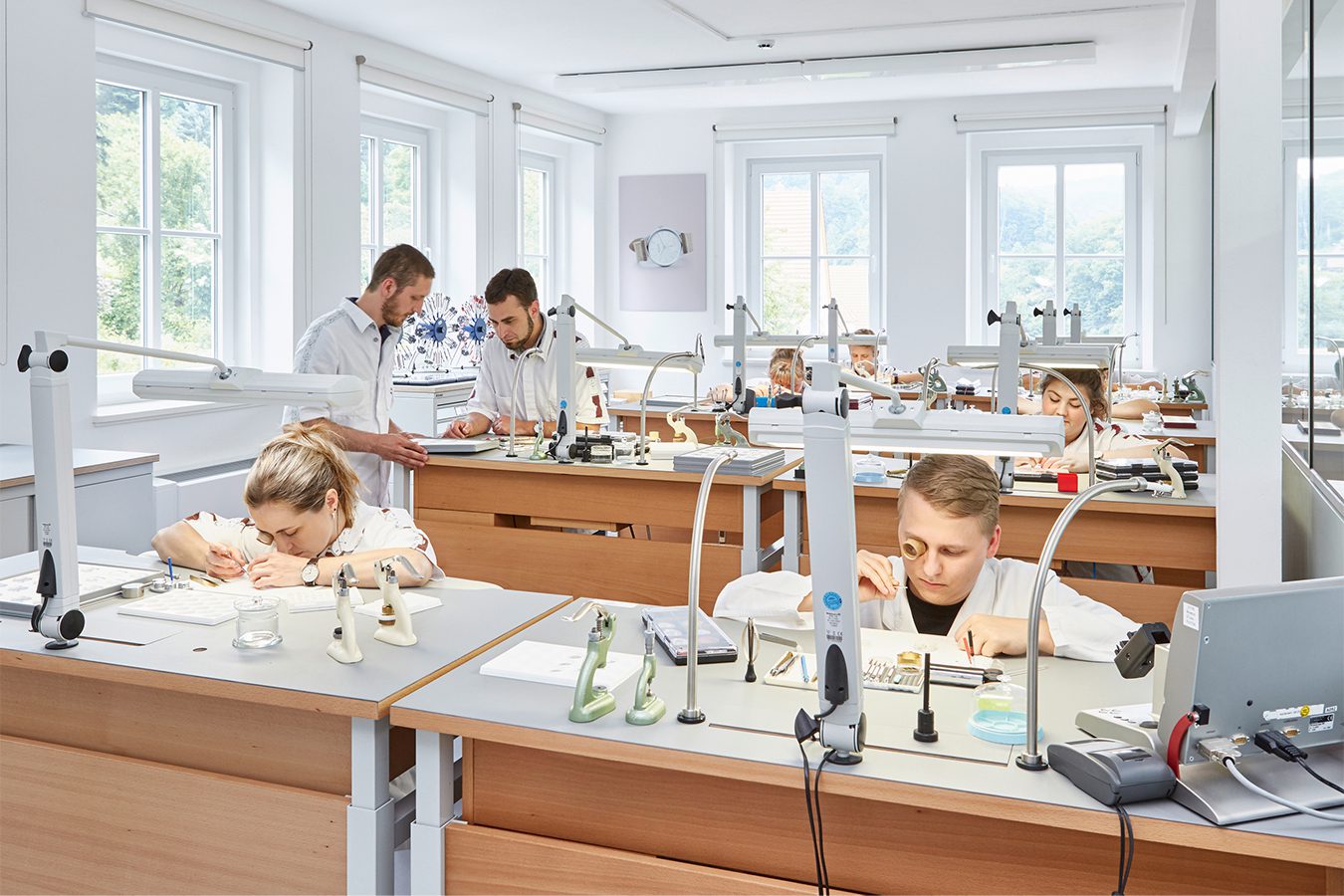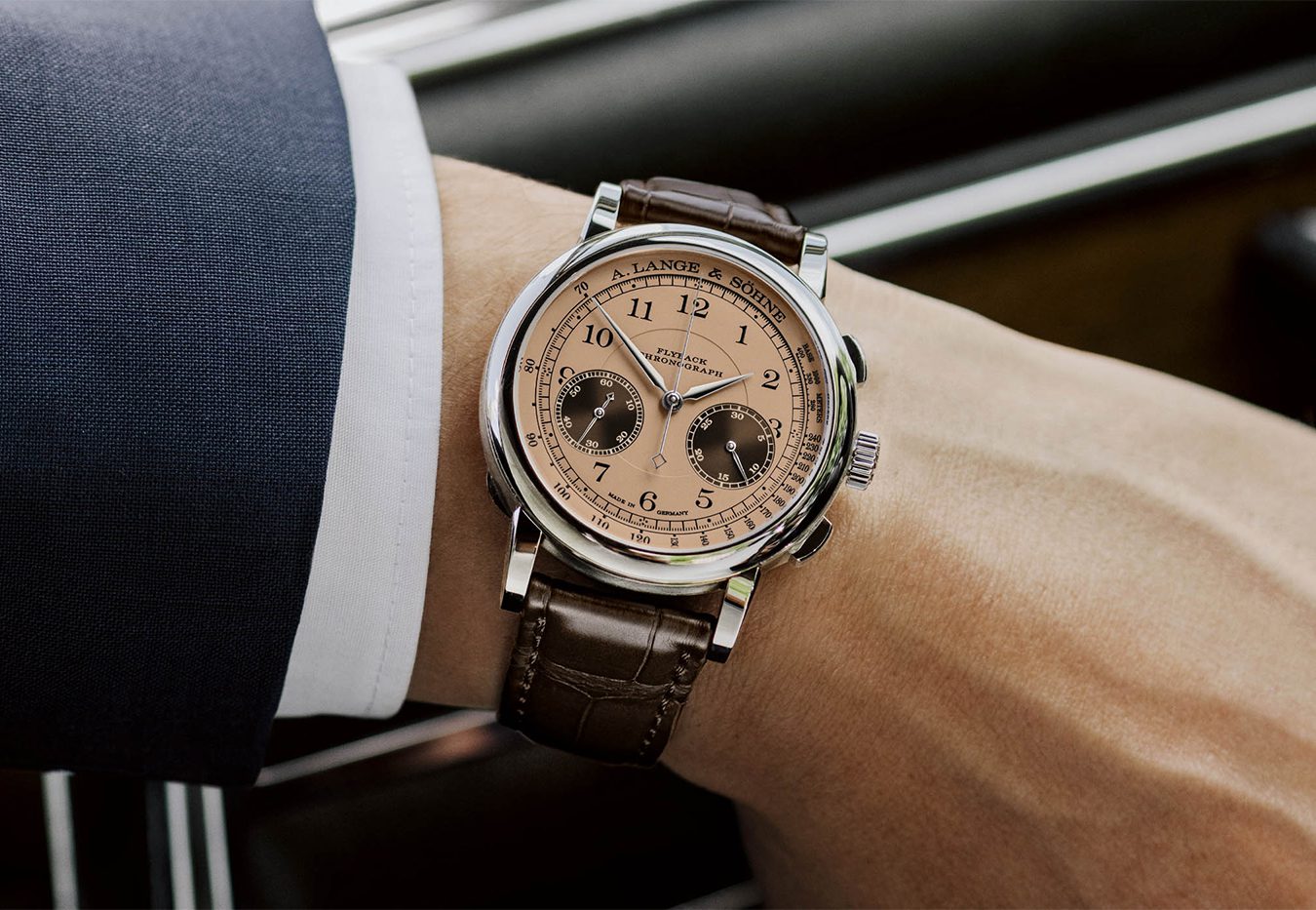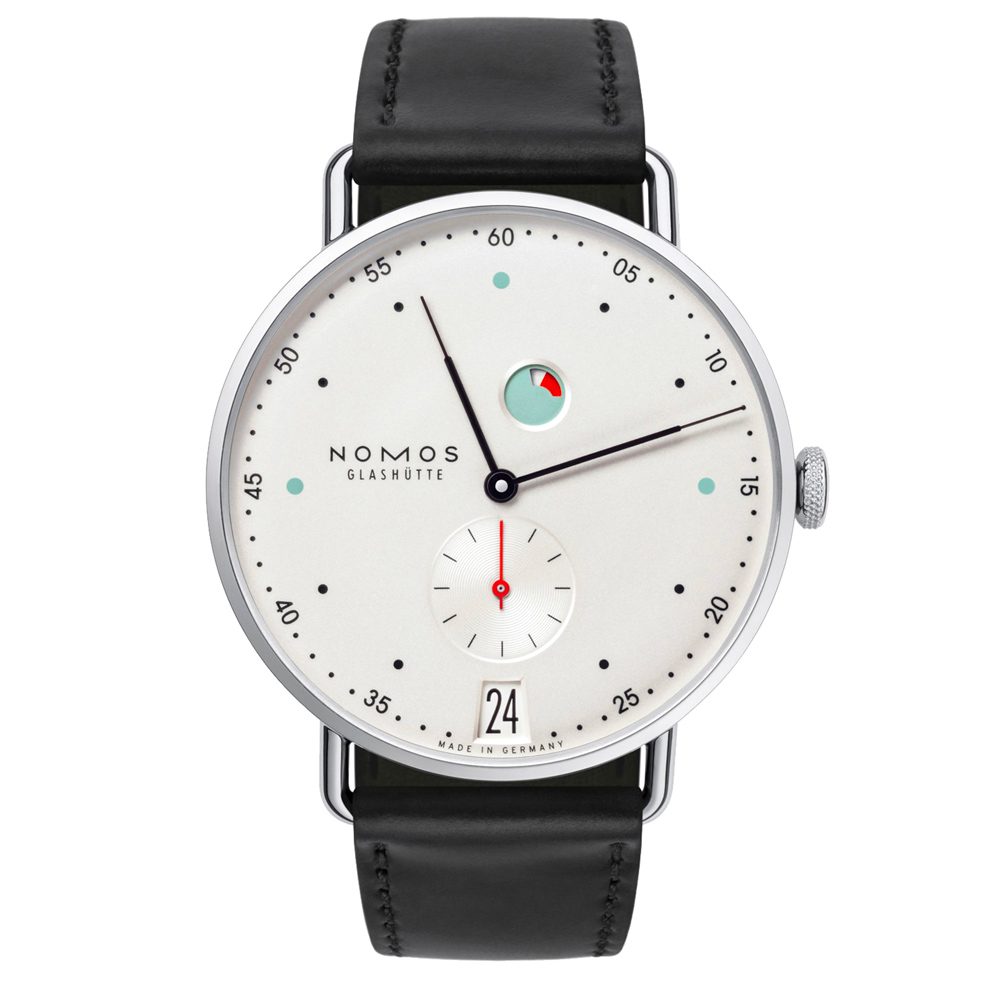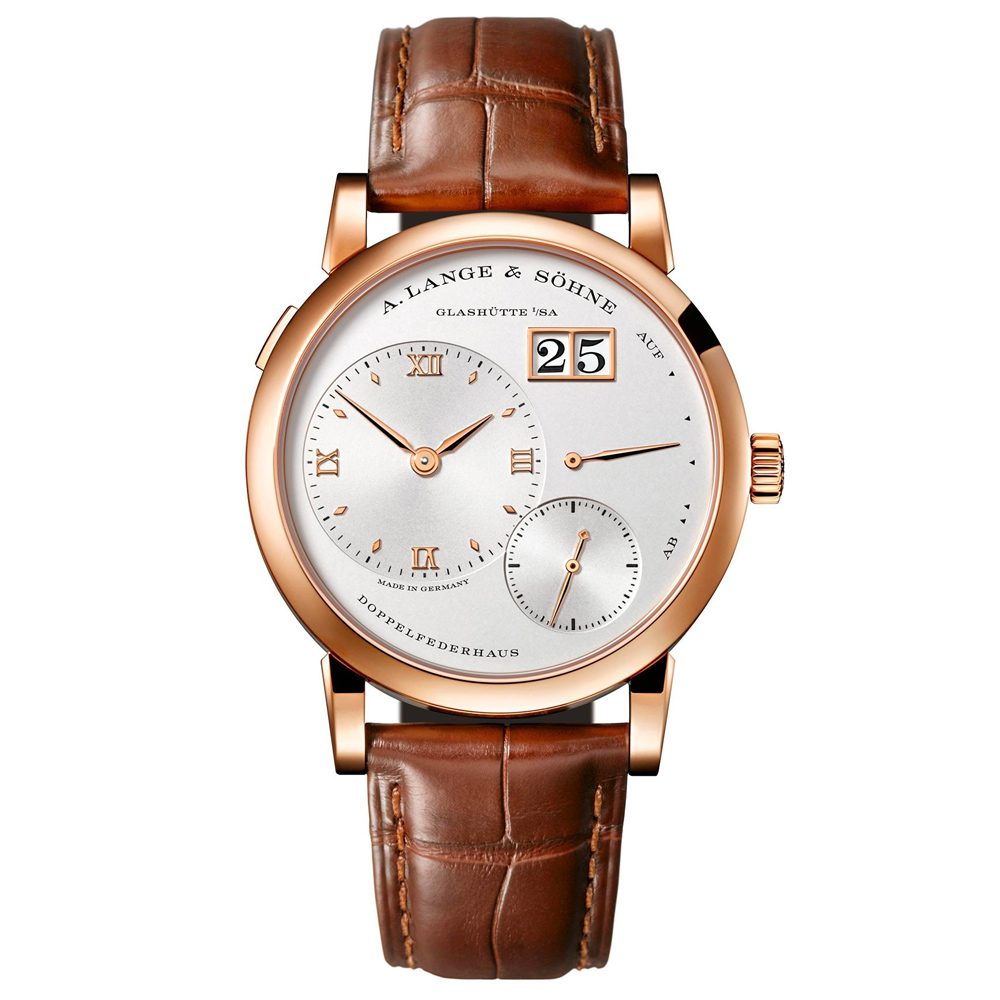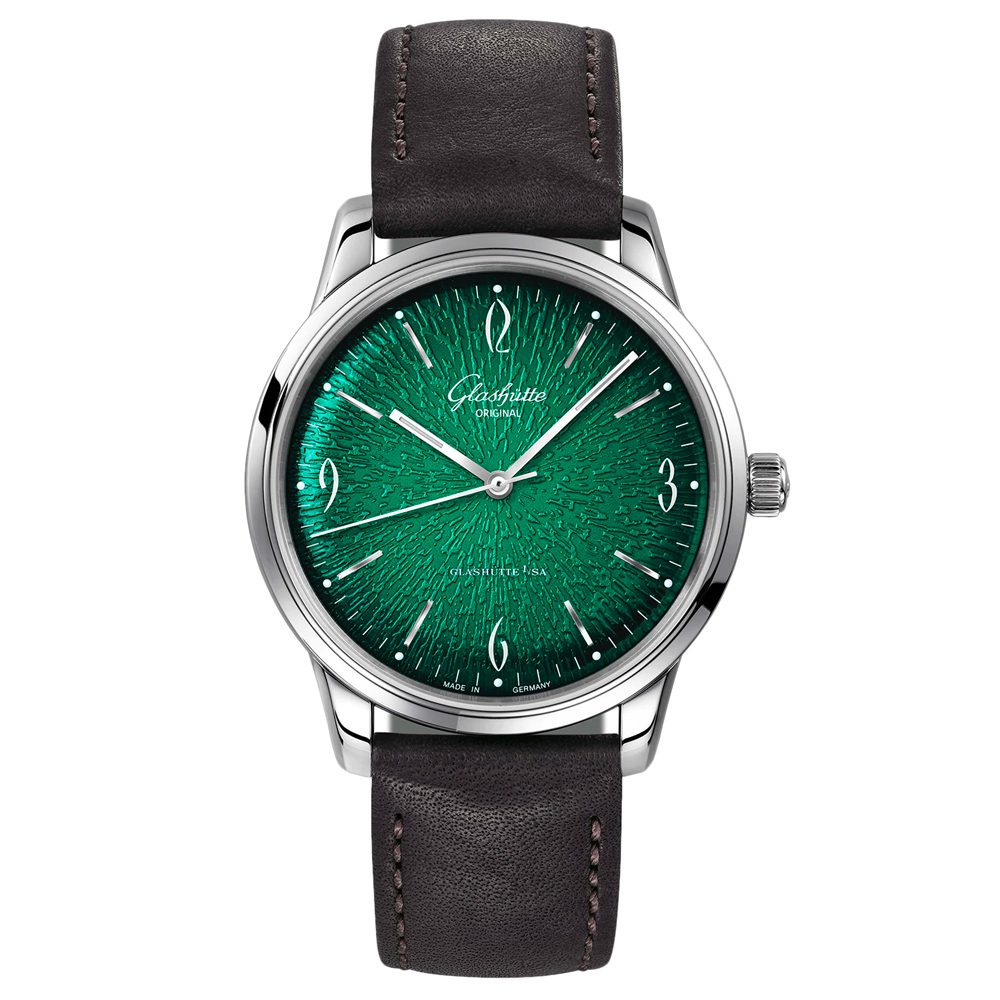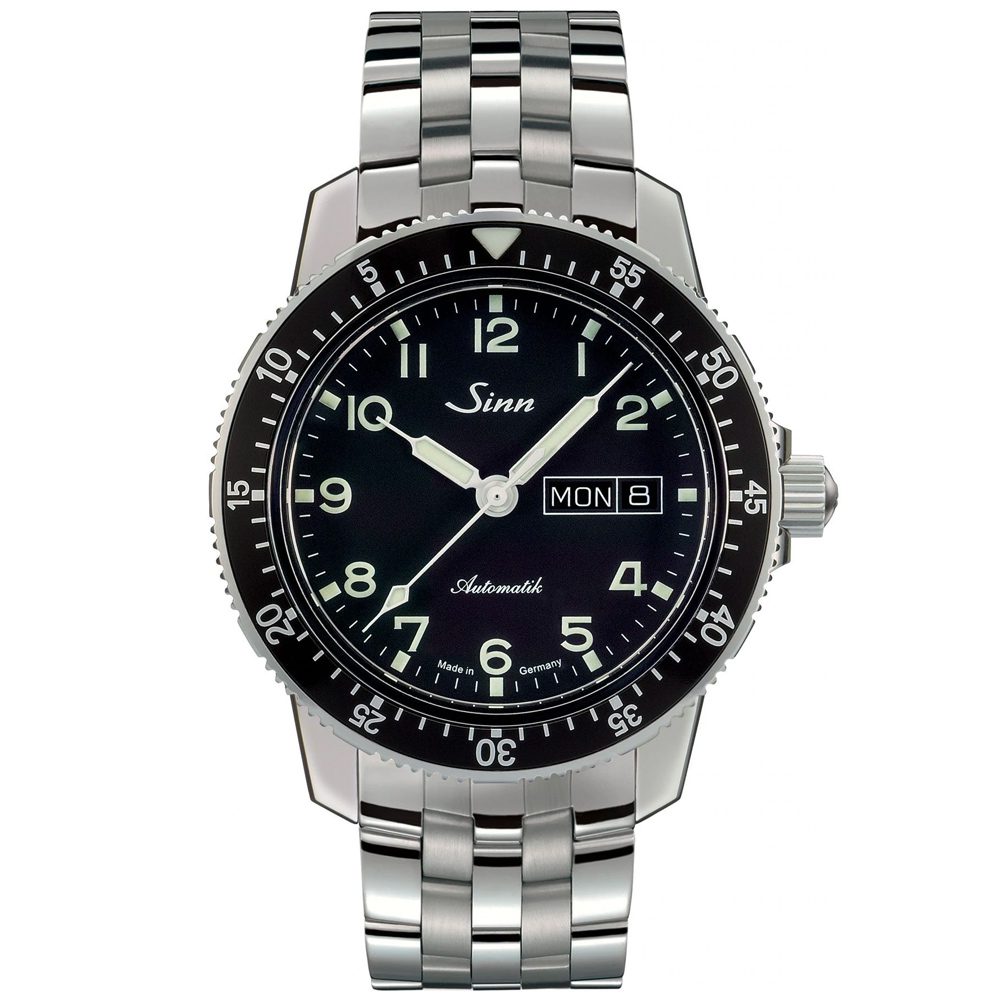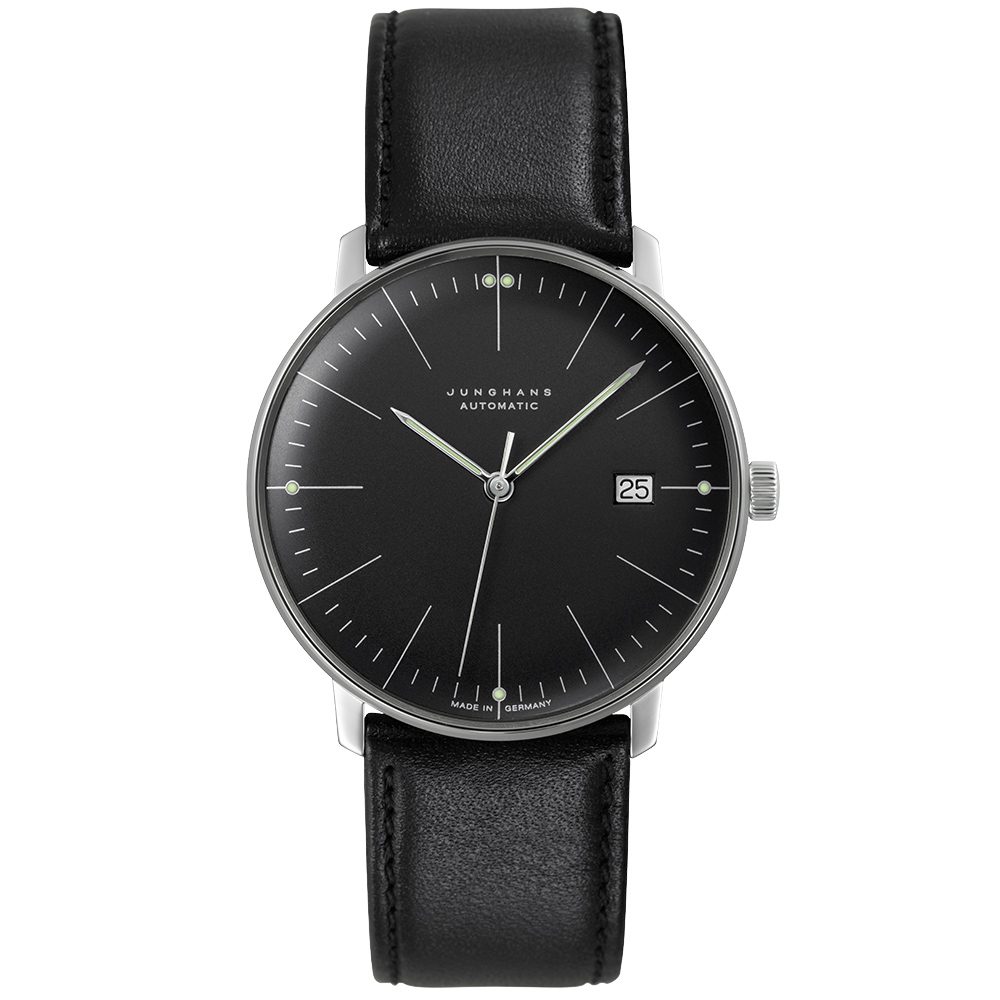5 German Watch Brands Challenging Switzerland (& The Model To Buy From Each)
Say what you like about the Swiss, but when it came to marketing themselves as the kings of watchmaking, they definitely got it right. For decades, the words ‘Swiss made’ were the only ones anyone wanted to see on a watch dial. No matter what the Japanese, the Scandinavians, or even the British were doing, Switzerland was the only place from which it was worth buying a watch.
Germany has a right to feel more insulted about this than most because it has been a watchmaking mecca since the 1700s, with locksmith-turned-clockmaker Peter Henlein credited with inventing the first watch, even before that in the 1500s. However, it was in 1845 that the foundations of Germany’s equivalent to La Chaux de Fonds were built, which cemented the country’s place in watchmaking’s hall of fame.
A Brief History of Glashütte
- Glashütte, Germany. Image courtesy of NOMOS Glashutte
Walk around Glashütte now and it’s a quiet, chocolate-box pretty town surrounded by steep hills and lush pines. When Ferdinand Adolphe Lange turned up there, in 1845, with money from the government to set up a pocket-watch factory, it was a down-on-its-luck mining town with no silver left to mine. Lange changed all that – he educated 15 apprentices over three years, with financial support from the Saxon government for education and tools.
As well as adopting the unique approach of having each employee responsible for one facet of the watch’s production, Lange also insisted every watch was to be precision checked before leaving the factory. Regulating and timing was traditionally done by those who sold the watches; Lange made it the manufacture’s responsibility. He also ignored the government’s stipulation that apprentices remain in his service for five years after training, allowing them to set up their own brands in the town.
- NOMOS watchmakers in Glashütte, Germany
The economic crisis following WWI didn’t harm the town, it only forced legislation that 50% of the value of a watch bearing the Glashütte name must come from the town, which saw the end of the first iteration of partly Biel-based Nomos.
It was, in fact, the Russians that really did for this watchmaking mecca. May 8, 1945, just hours before the end of the war, the Russians bombed Glashütte to the ground, and by 1951, after the division of Germany in 1949, the German Democratic Republic (GDR) had subsumed all the Glashütte brands into a single state entity – the VEB Glashütter Uhrenbetriebe (GUB) – reducing the previously varied Glashütte output to one single factory.
It wasn’t until the fall of the Berlin wall, in 1989, that this town was able to reassert itself as the cradle of German watchmaking. In 1990 alone, A Lange & Sohne returned; businessman Roland Schwertner bought the Nomos name and settled in the town, making timepieces in the Bauhaus tradition, swiftly followed by Moritz Grossmann and Wempe Glashütte.
In just over 30 years, Glashütte has become a byword for German watchmaking excellence and has, by extension, made watch connoisseurs pay attention to the other Teutonic brands who may not bear the town’s hammer and clock blazon, but are driven by the same pursuit of precision.
German Watch Characteristics
- A. Lange & Söhne
To paraphrase Harry Lime, if the only legacy of 500 years of democracy and peace is the cuckoo clock, what are the characteristics that the Germanic mindset brings to a watch?
Durability and precision are key. There is also an enduring influence of the practical principles of the Deutscher Werkbund – the state-sponsored effort at the beginning of the 20th century to integrate traditional crafts with mass production – along with long shadow cast by the Bauhaus movement, which means legible dials, restrained use of colour, and clean, uncomplicated cases.
Glashütte-made watches are often distinguished by a three-quarter bass plate and a focus on movement innovation, such as Nomos’ swing system and Lange & Sohne’s fusee-and-chain experimentation. Lange is also known for its exquisite finishing, including its signature engraved balance cock.
5 Glashütte Watchmakers You Should Know
Below you will find the watchmakers flying the flag for Glashütte, from storied maufactures to a relative newcomer which is pushing technological boundaries.
Nomos Glashütte
The Quintessential Watch: The Metro Date Power Reserve
You couldn’t have a starker contrast to Lange & Sohne than Nomos. Inspired by the aesthetics of Bauhaus and the principles of the Deutscher Werkbund, Nomos’s first watch, the Tangente was plain almost to the point of perversion.
The name was revived in 1990 and Nomos slowly worked its way towards ensuring that most of the watch was made in-house. It developed movements, devised its own escapement – the Swing System – all while keeping its prices very much on the reasonable side.
While up to 95% of a Nomos watch is now built in its converted train station manufacture in Glashütte, the design is all done in Berlin. The (correct) thinking being that while beautiful, the parochial environs of the manufacture are hardly inspiration for cutting-edge design.
A.Lange & Sohne
The Quintessential Watch: The Lange 1
Defined by its traditional style, exquisitely finished movements and big dates, Lange & Sohne is the grande dame of the Glashütte scene. It was Lange who made this German town its home and, although it hasn’t continually produced watches there thanks to the trigger-happy Russians, it can lay claim to being the first, as well as being with the best preserved lineage – its current iteration was revived by founder Ferdinand’s great-grandson Walter in 1990.
Aside from this, Lange is famous for its extremely limited production – around 5,000 a year – and that it assembles each watch twice. Every watch is put together by a watchmaker then taken apart and rebuilt – sometimes after the parts have been decorated and polished – with jig screws replaced by newly blued ones.
Apparently, it helps makes the watches more precise. Or maybe it just adds to the charm.
Glashütte Original
The Quintessential Watch: Original Sixties Annual Edition
Rather than being the first watch brand from the region, the name comes from watchmakers needing to put ‘Glashütte Original’ on the dial to differentiate from those copying the town’s distinct style.
Glashütte Original’s legal predecessor is the GUB. The now Swatch-Group-owned brand took over the building where the GDR had consolidated all the watchmaking marques from the region into one state-controlled factory. It kept the ‘all under one roof’ ethos, with only cases and dials being made in Pforzheim, which itself has a stake in Germany’s watchmaking past – in the 17th century it was known as ‘Goldstadt’, or ‘golden city’. because of the proliferation of watch and jewellery trades there.
It has five collections across a variety of styles from robust sports timepieces to classic watches. However, it’s the collection inspired by the 1960s and 1970s that garners the most column inches thanks to the boldly-coloured dials and out-there yet wearable aesthetic.
Sinn
The Quintessential Watch: Sinn 104 St Sa A
A relative newcomer and renowned for its technological innovations, Sinn shows a different side to German watchmaking. Founded in Frankfurt in 1961 by ex-WWII pilot Helmut Sinn, the initial focus was pilot’s watches and navigational clocks.
In 1985, Sinn had its first trip to space on the wrist of Dr Reinhard Furrer during his space-lab expedition. Subsequent trips didn’t follow until 1994, when the brand was taken over by Lothar Schmidt and the technological exploration started.
First up was the 244 with its magnetic field protection and freely oscillating suspended movement. Then, in 1995, a gold watch with the hardness of steel. That was followed by Ar-Dehumidifying, which prevents internal fogging, then temperature-resistant technology that allowed the watches to function between -40º and +85ºC.
Sinn went on to invent a lubricant-free escapement and a way of hardening the case material itself, rather than coating it, to make it more scratch resistant. It has also become the military watch of choice for the German Commando frogman force, KSM, and was the first to have a TeStaF quality seal on its dial as a sign that it complies with the stringent requirements of the Technischer Standard Fliegeruhren (Technical Standard for Pilot’s Watches).
This is watchmaking at its toughest.
Shop now at First Class Watches
Junghans
The Quintessential Watch: Max Bill Automatic
Although it looks as though it was born out of Bauhaus, Junghans was founded in 1861 in Schramberg in the Black Forest, making cases, hands and pendulums for clockmakers. The first pocket watches came along in 1866, followed by wristwatches in 1928, and in-house movements by the 1930s.
However, it was the brand’s takeover in 1956 by the Diehl Group that ushered in the Max Bill era and shaped Junghan’s future. This Swiss creative polymath designed watches, table and wall clocks for the brand, all characterised by his clarity of design and precision of proportions; something which led on from Bill’s insistence on integrating geometry and mathematics into his art.
Despite the popularity of these timepieces, Junghans was seduced by quartz. It launched the first German quartz watch in the 1970s and subsequently stopped producing any mechanical watches at all to focus on battery power.
Luckily, two takeovers in the Noughties, first by EganaGoldpfeil Holding in 2008 and then Hans-Jochem Steim and his son Hannes in 2009, brought mechanical timepieces back to the Black Forest. It also saw the reintroduction of the Max Bill designs, which, quite rightly, remain the stars of this seriously stylish brand’s output.
